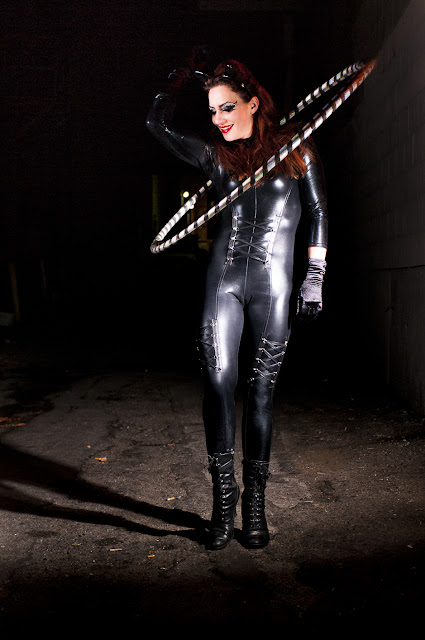 There are many photographers and AD's with much more developed and creative concepts that I, but here are some thoughts on concept that I'd like to share. When I first got started shooting and looking for models I would see models write something like this: "I may consider a TFP if you have a great concept". Heck, to me a great concept was getting a model in front of my camera, but I knew that isn't what they were thinking. But as it turned out, often if I just had a simple and vague "concept" that would be enough to get a model interested. I found out that I could just say something like "I want to shoot you in an old torn dress in the middle of a wheat field" was enough to get a model to show up.
There are many photographers and AD's with much more developed and creative concepts that I, but here are some thoughts on concept that I'd like to share. When I first got started shooting and looking for models I would see models write something like this: "I may consider a TFP if you have a great concept". Heck, to me a great concept was getting a model in front of my camera, but I knew that isn't what they were thinking. But as it turned out, often if I just had a simple and vague "concept" that would be enough to get a model interested. I found out that I could just say something like "I want to shoot you in an old torn dress in the middle of a wheat field" was enough to get a model to show up. | |
| Taking a break while shooting. |
In the photos with this post, the story is that of the model's imagination, combined with collaborative thinking between the two of us. She is an addict. Currently clean, but I believe that she still counts herself as a addict with a long road ahead of her to stay sober.
We had to devise a location and costume and props, etc. While some of the details did not unfold until we met to shoot, the basics of the concept were in place. There is a shot I would have loved to have done, but because I stopped the thinking process to early, a shot showing the road between addiction and sobriety was not done. I have that shot in my minds eye now, but it is to late. The lesson there is to keep thinking and pushing for more and don't get complacent with yourself to early.
We shot the cleaned up (after) first and the addicted girl (the before) second because that is the way both light and make up would work best.
Good luck to all the addicts in finding the road to sobriety. I am on such a road myself and it is a long hard road sometimes. A funny thing about addiction and the way people perceive it, including the addicts. If you are not an addict, it is hard to imagine how or why a person would be addicted. I don't smoke, I never have. It is hard for me to see why anyone would ever put a cigarette in their mouth the first time, so it is hard for me to see why anyone would be addicted to smoking. But the truth is, many people are addicted to things. Sometimes it is shopping for sales, or gambling, or drugs, or porn, or eating disorders. The fact is that addicts need help, love, and support. I think it is easier for an addict to clean up if they find out that others accept them as they are and are willing to help them out of the addiction. Many of my friends are LDS. The LDS church, like many other churches, has a well established addiction recovery program. It is a 12 step program, patterned after the AA 12 step program, with their blessings. It is an anonymous program. Find the LDS (Mormon) program here.























